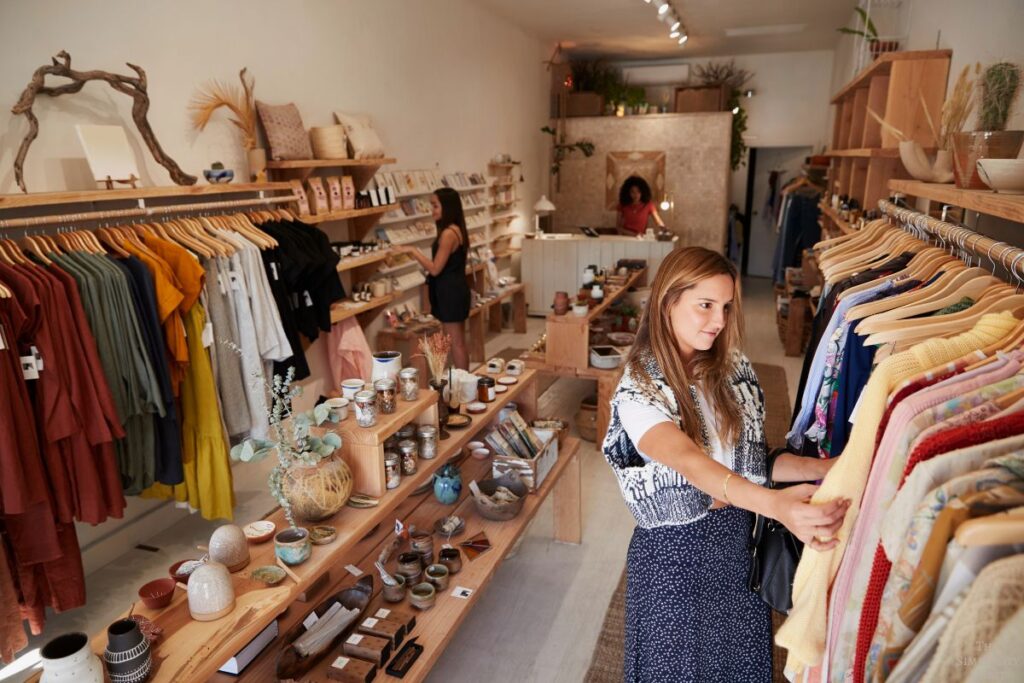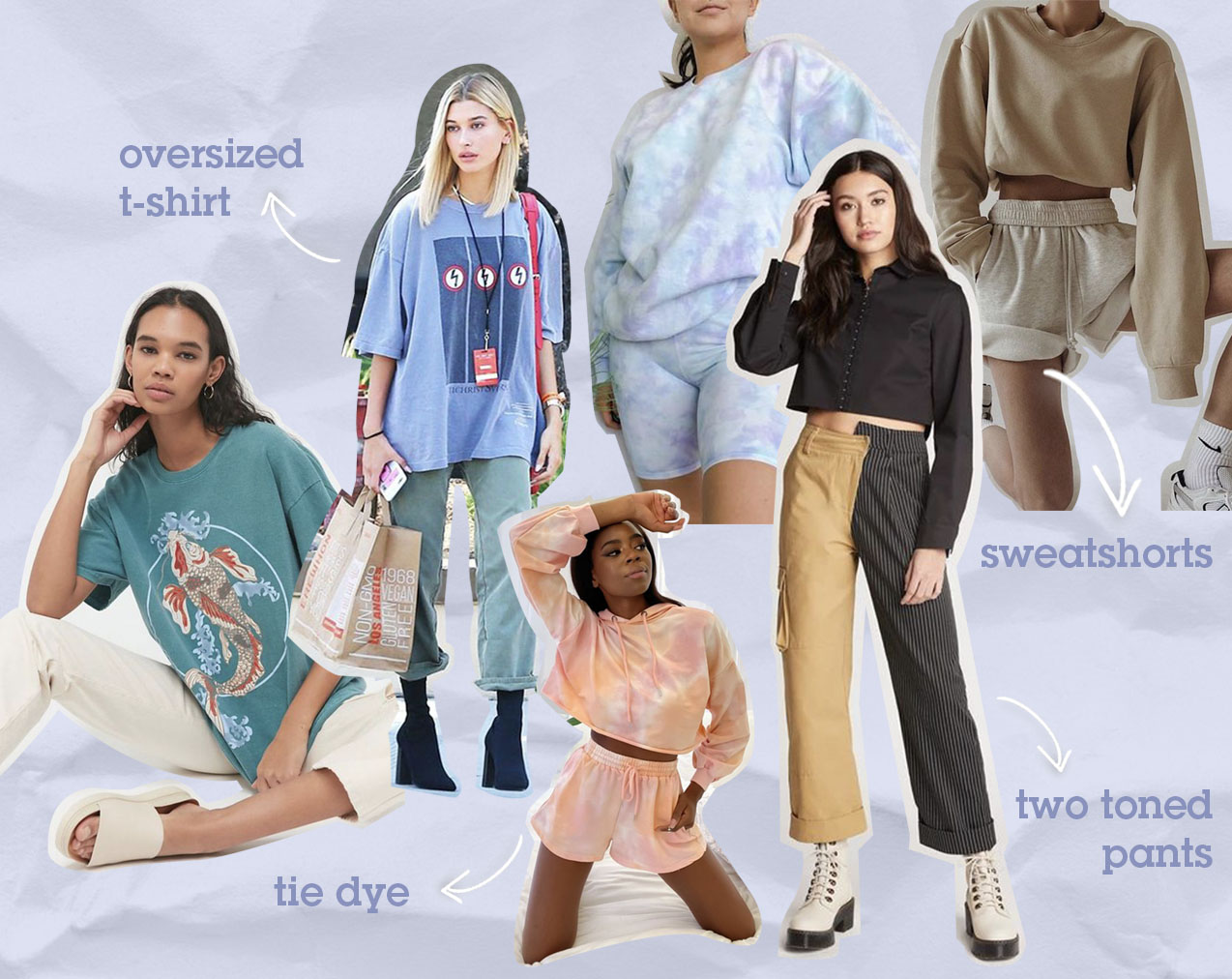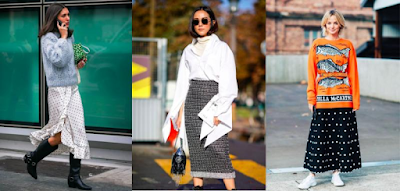Fashion in 2025 is a vibrant blend of nostalgia and newness. From Y2K revivals to clean minimalist lines, this summer is all about mixing decades, redefining comfort, and expressing your personal style with confidence. Whether you're dressing for heatwaves, vacations, or casual city strolls, these are the summer styles to keep your eye on.
Let’s explore what’s trending this season—and how you can make these looks your own.
1. Y2K Is Back (Again)
Yes, the early 2000s are still going strong. From butterfly tops to low-rise cargos and rhinestone everything, Y2K fashion continues to dominate TikTok and Instagram feeds. This time around, it's sleeker, more refined, and often paired with modern basics to keep things wearable.
Style Tip: Try pairing a retro halter or baby tee with baggy jeans and platform sandals for an easy Y2K-inspired outfit.
2. Minimalism Gets Softer
Minimalism is no longer just about sharp tailoring and all-black palettes. Summer 2025 brings a softer take—featuring neutral tones, fluid fabrics, and relaxed silhouettes. Think ivory wide-leg trousers, linen button-ups, and barely-there makeup.
Real-Life Look: A white tank top tucked into beige trousers, paired with leather slides and a gold chain—simple, chic, timeless.
3. Denim, Reinvented
From structured denim corsets to oversized jean jackets and maxi skirts, denim is stepping beyond the classic cutoffs. Washed finishes, deconstructed elements, and asymmetry are key this season.
Try This: A denim midi skirt with a front slit, worn with a fitted tank and sneakers, blends retro and current effortlessly.
4. Soft Girl Aesthetic
Dreamy, romantic, and feminine—this aesthetic leans into pastels, ruffles, bows, and delicate accessories. It's a gentle contrast to louder trends, perfect for summer picnics or weekend brunch.
Get the Look: Choose a baby pink puff-sleeve dress, pearl accessories, and soft curls or a ribbon-tied ponytail.
5. Sleek Sportswear
Athleisure is getting an upgrade. Clean lines, sculpted activewear, and elevated sporty details are making waves. It's less about gym-ready and more about blending performance wear into daily fashion.
Outfit Idea: Match a cropped zip-up top with wide-leg track pants and add sleek sneakers or chunky slides.
6. Tech-Inspired Shine
Iridescent materials, chrome accessories, and glossy finishes are part of the growing techwear influence. This futuristic look works best in small doses and pairs surprisingly well with neutral outfits.
Style Hack: Add a metallic shoulder bag or silver-tinted sunglasses to your clean, monochrome base.
7. Sheer Details
From translucent layers to barely-there dresses, sheer remains one of the most elegant and flirtatious trends of summer. It's all about strategic layering and confidence.
How to Wear It: A mesh top over a bandeau, or a sheer skirt over bike shorts gives you that modern edge while staying summer-friendly.
8. Maxi Everything
Long and lean silhouettes are dominating. Maxi skirts, maxi dresses, even maxi button-down shirts worn as dresses—these pieces are breathable, dramatic, and endlessly versatile.
Pro Tip: Add a belt to cinch the waist or pair with platform shoes to elongate your frame.
9. Bright and Bold Prints
From oversized florals to retro graphics, prints are louder this season. Whether it’s a statement piece or a head-to-toe look, bold prints are perfect for sunny days and turning heads.
What to Try: Go with a printed matching set or an abstract-patterned sundress—no need for extra styling.
10. Retro Sunglasses
Tiny, angular, or candy-colored—your sunglasses should be just as expressive as your outfit. This season’s eyewear is playful and nostalgic, pulled straight from the early 2000s and 90s.
Styling Tip: Match your sunglasses to your bag or shoes for a coordinated pop of color.
This summer is about blending eras, expressing individuality, and making fashion feel fun again. Whether you're a minimalist at heart or a Y2K maximalist, there’s a trend that speaks to your mood. Try one—or try them all—and let your summer wardrobe reflect who you are right now.
Fashion is cyclical, but your personal style? That’s timeless.













